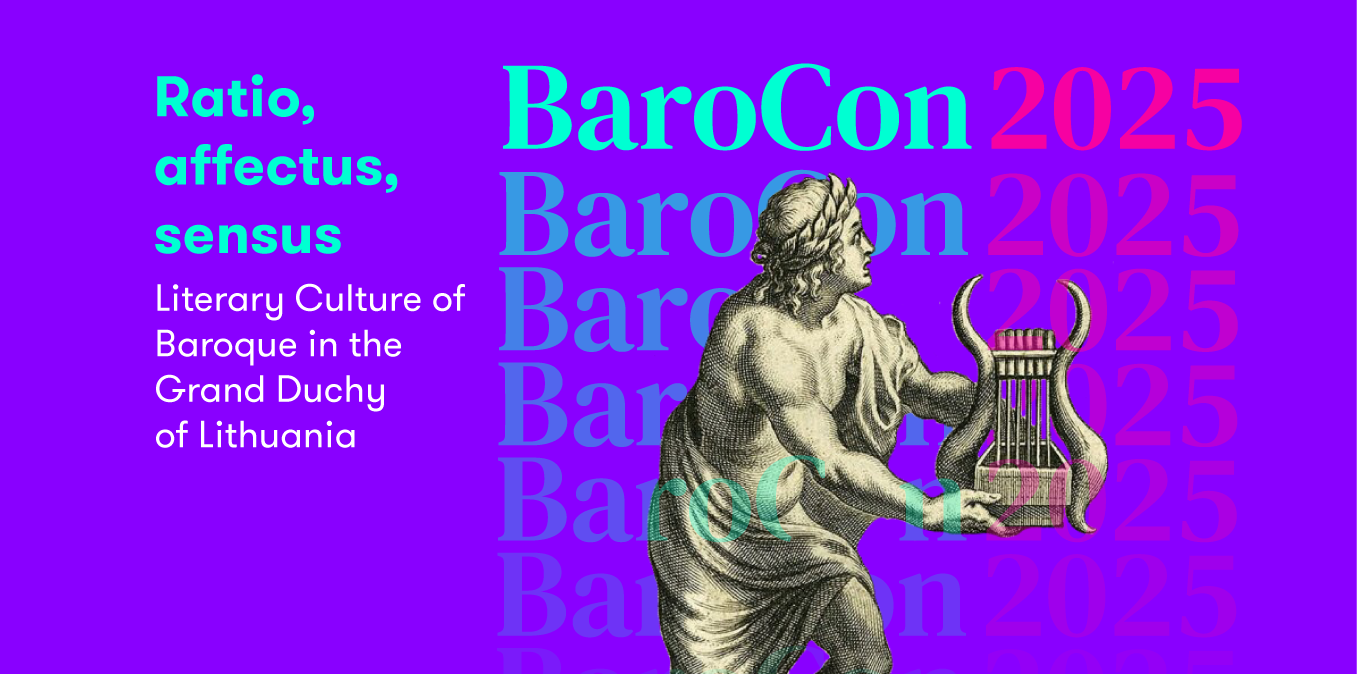
Olena Kurhanova
The Vilnius 'Sluzhebnyk' Edition of 1692 as a Monument of Baroque Book Culture
Olena Kurhanova
V. I. Vernadky National library of Ukraine
The Vilnius Sluzhebnyk Edition of 1692 as a Monument of Baroque Book Culture
Keywords: Vilnius Basilian Printing House, Baroque book culture, Cyrillic liturgical printing, patronage in book decoration, Baroque rhetoric, Karl Stanislaw Radziwiłł, Leon Tarasevych, Leon Tarasevych, 17th-century liturgical books
The Sluzhebnyk edition of 1692, published by the Vilnius Basilian Printing House, is a unique example of Baroque-era Cyrillic liturgical printing. Distinguished by its artistic and editorial design, it features elements uncommon in similar church editions of the Orthodox and Greek-Catholic publishing traditions. A key highlight is the portrait of patron Karl Stanislaw Radziwiłł, masterfully engraved by Leon Tarasevych. This portrait, accompanied by a heraldic poem and a dedicatory text, exemplifies Baroque portraiture and enriches the broader Baroque tradition of representing patrons in book decoration—where portraits were typically omitted, leaving only heraldic poems. Baroque rhetorical influence is also evident in a prefatory text by Metropolitan Kiprian Zohovsky, where the Sluzhebnyk is metaphorically depicted as both a divine sacrifice and a grateful offering to the patron. This prefatory text praises the virtues of Karl Stanislaw and his ancestors, emphasizing their support for ecclesiastical institutions, including the Basilian Church in the Polish-Lithuanian Commonwealth. Such dedications, focusing on patrons' contributions to church life, are a common structural feature in ecclesiastical book publishing. Additionally, the preface employs Baroque rhetorical strategies to emphasize the Sluzhebnyk’s relevance in the liturgical and interfaith discourse of the late 17th century. Thus, the Vilnius Sluzhebnyk of 1692 stands as a remarkable yet integral part of the rich tradition of Baroque Cyrillic liturgical book culture.